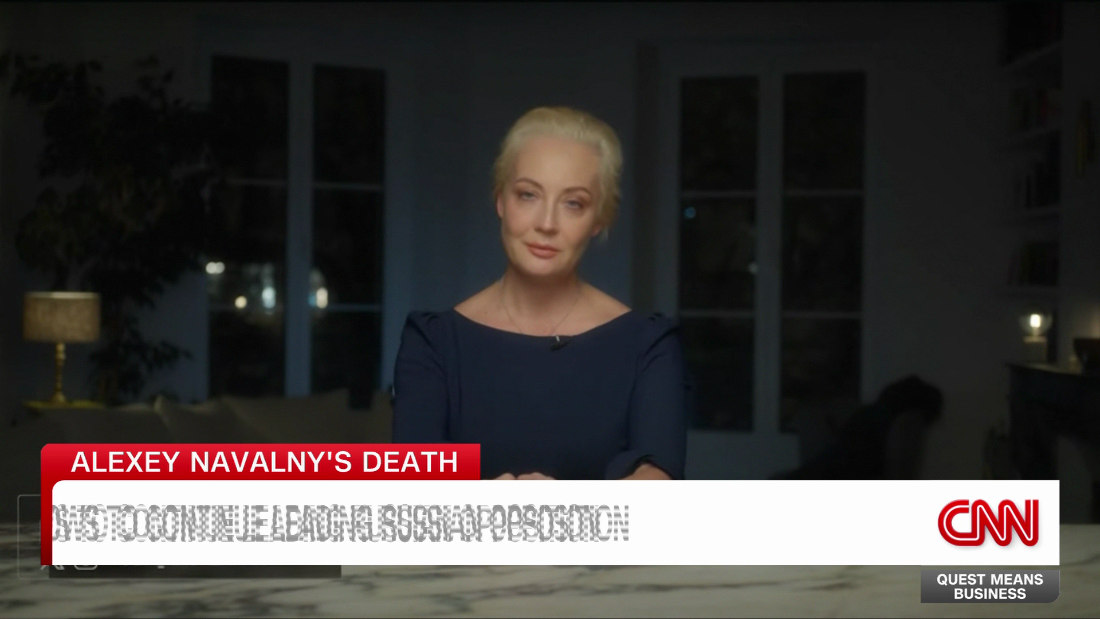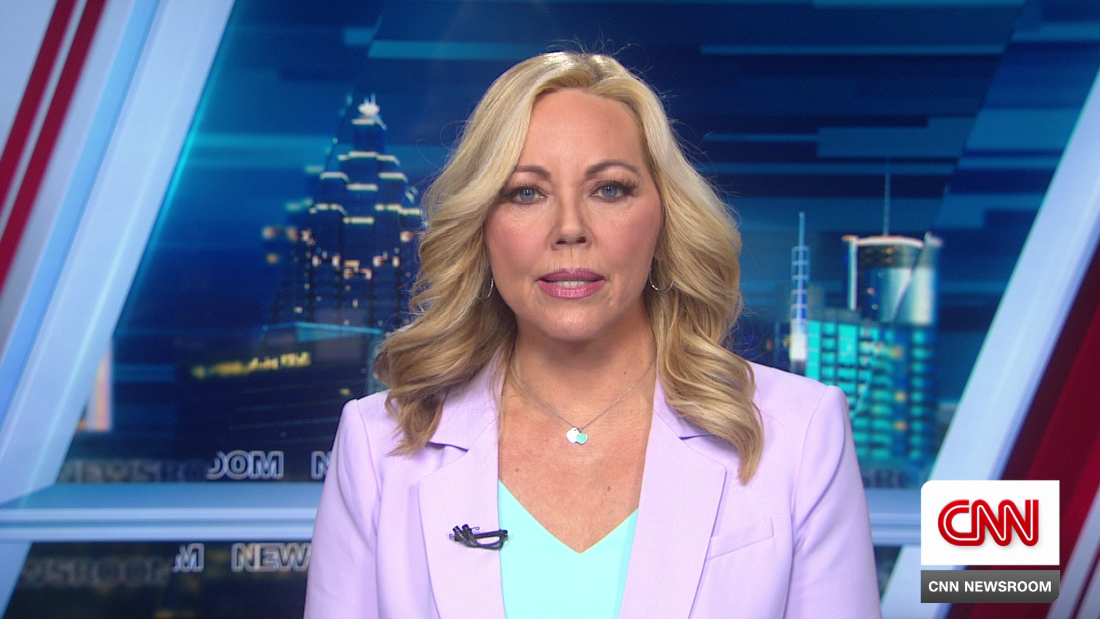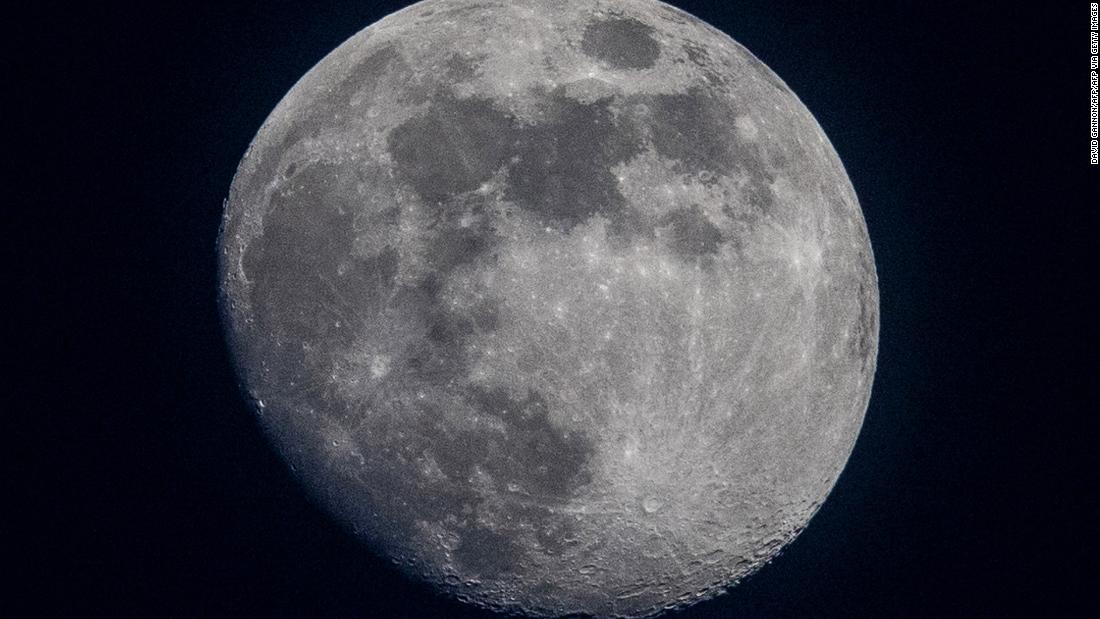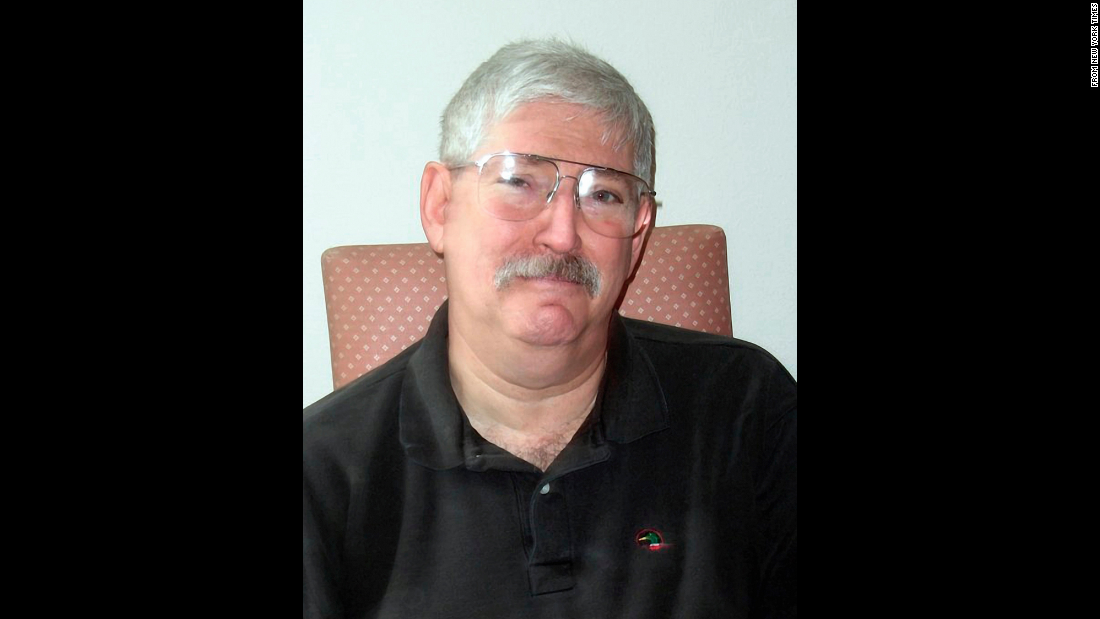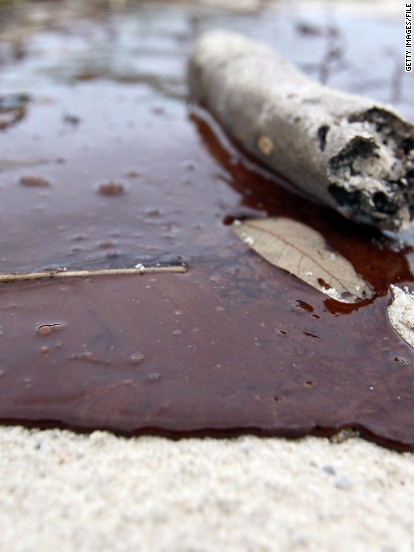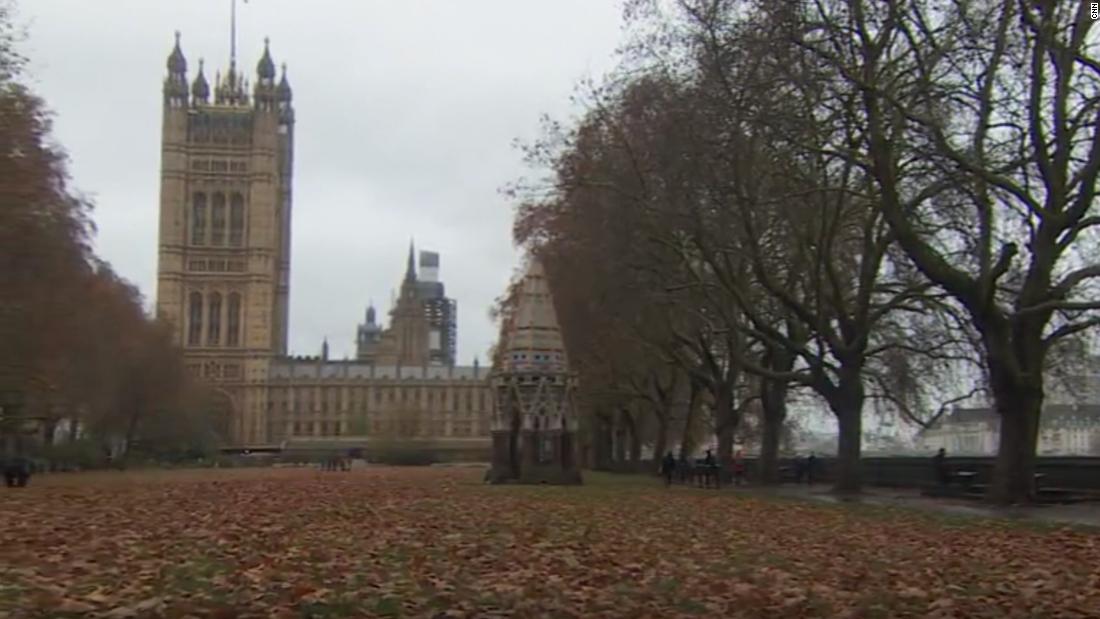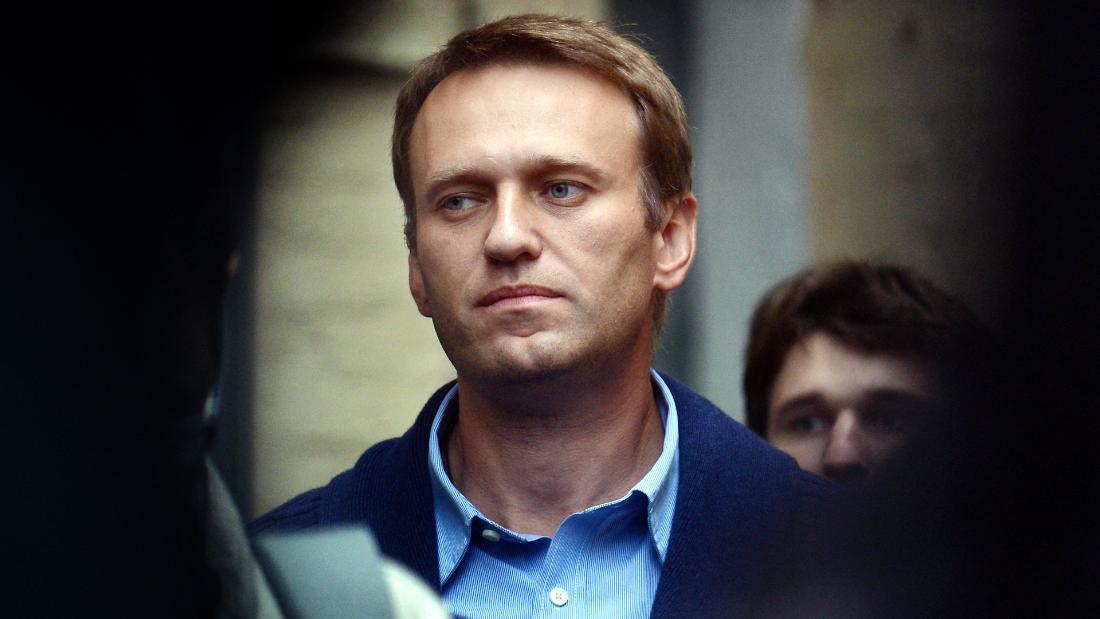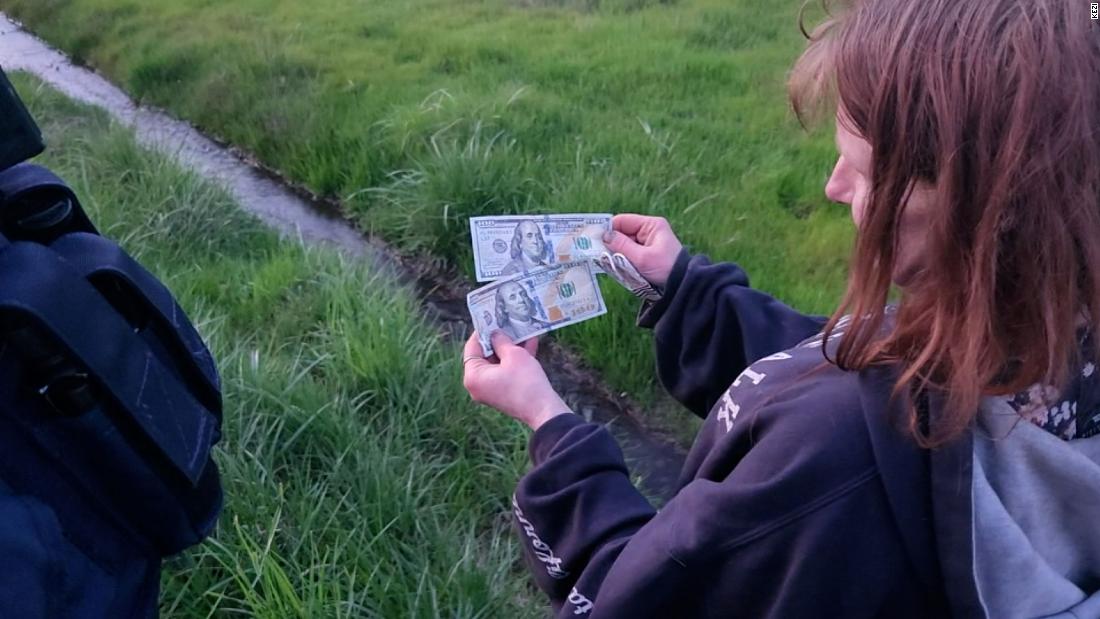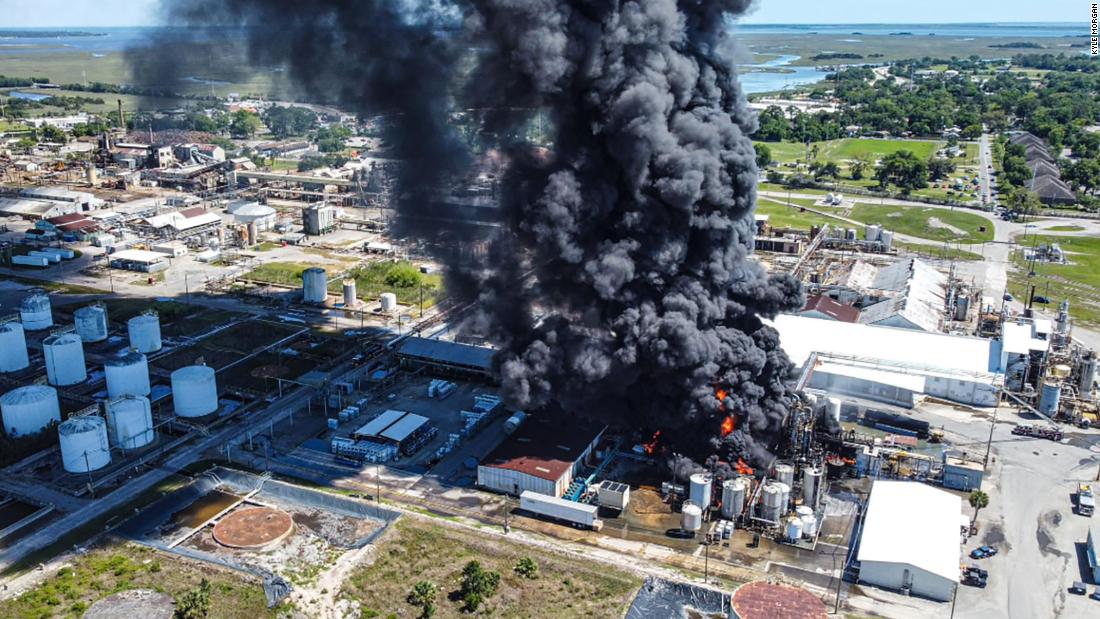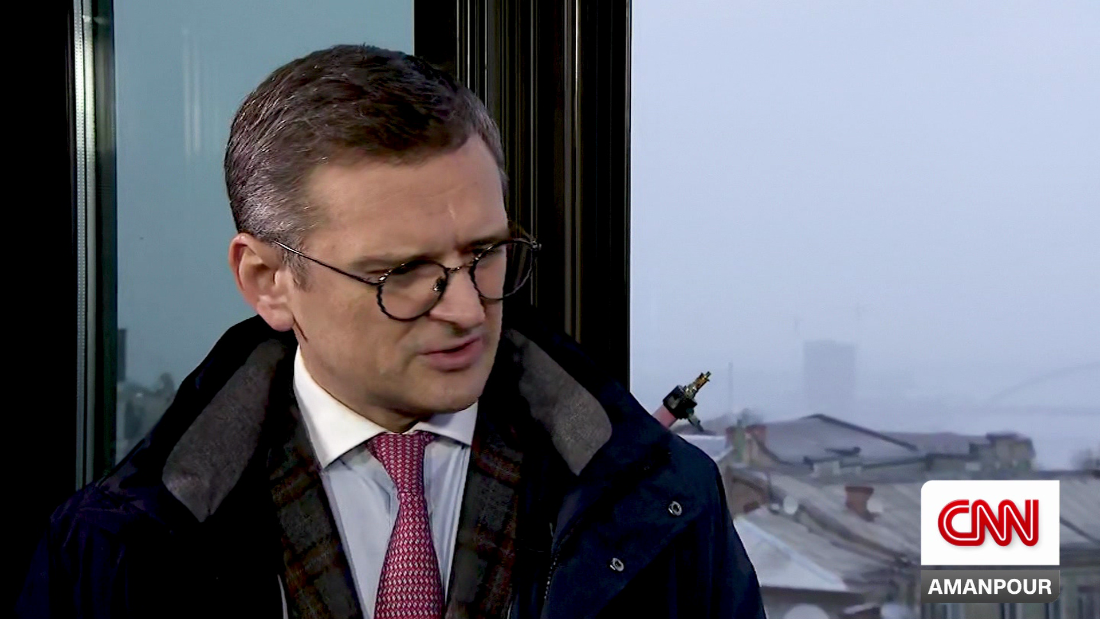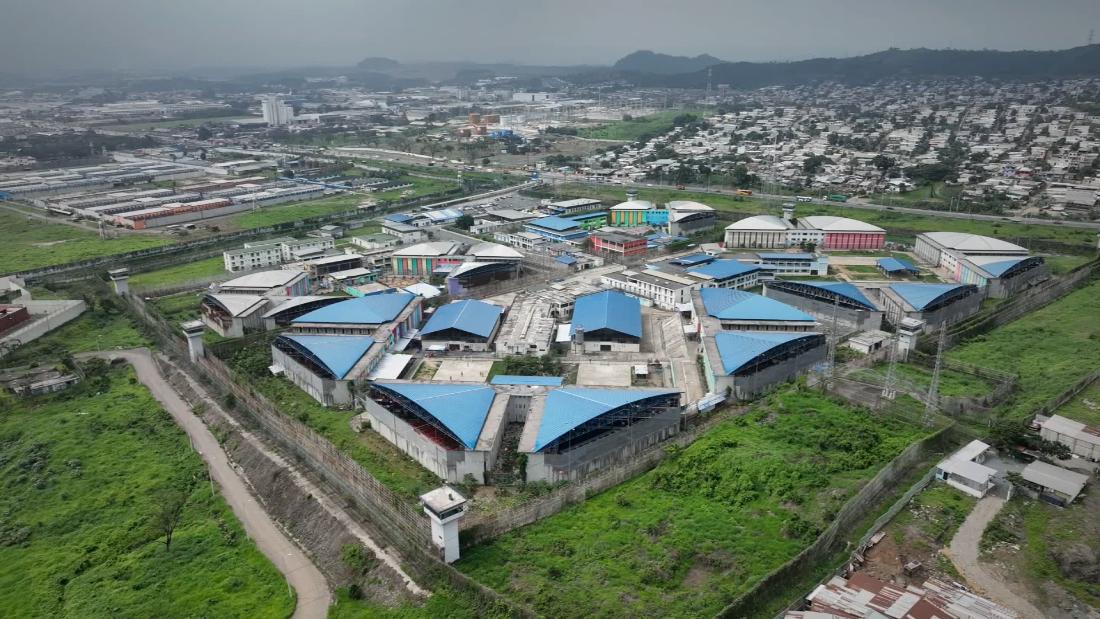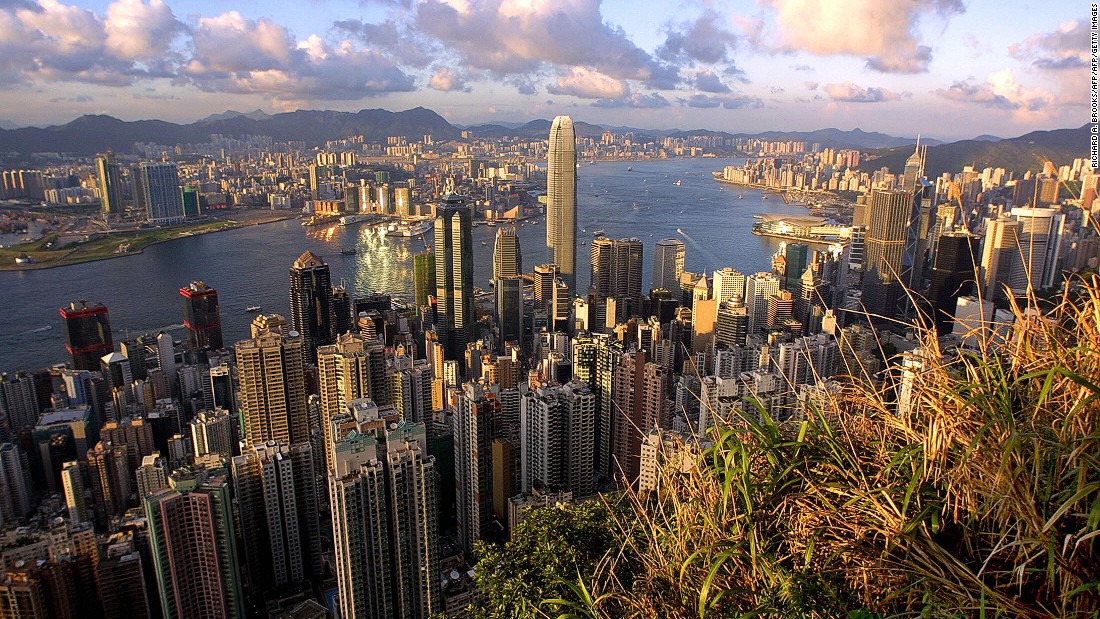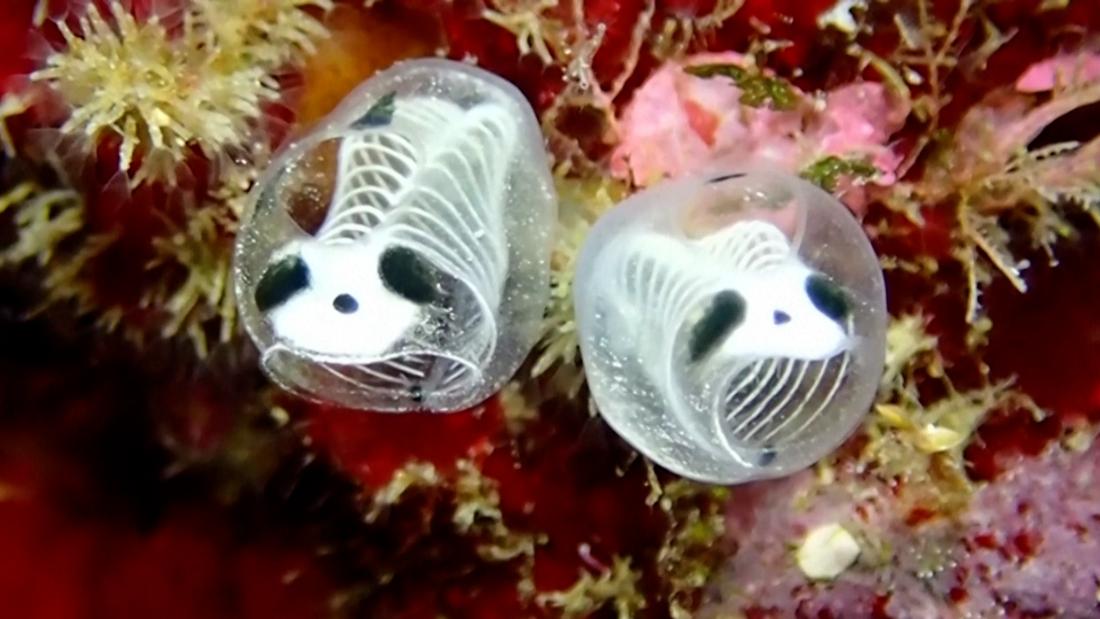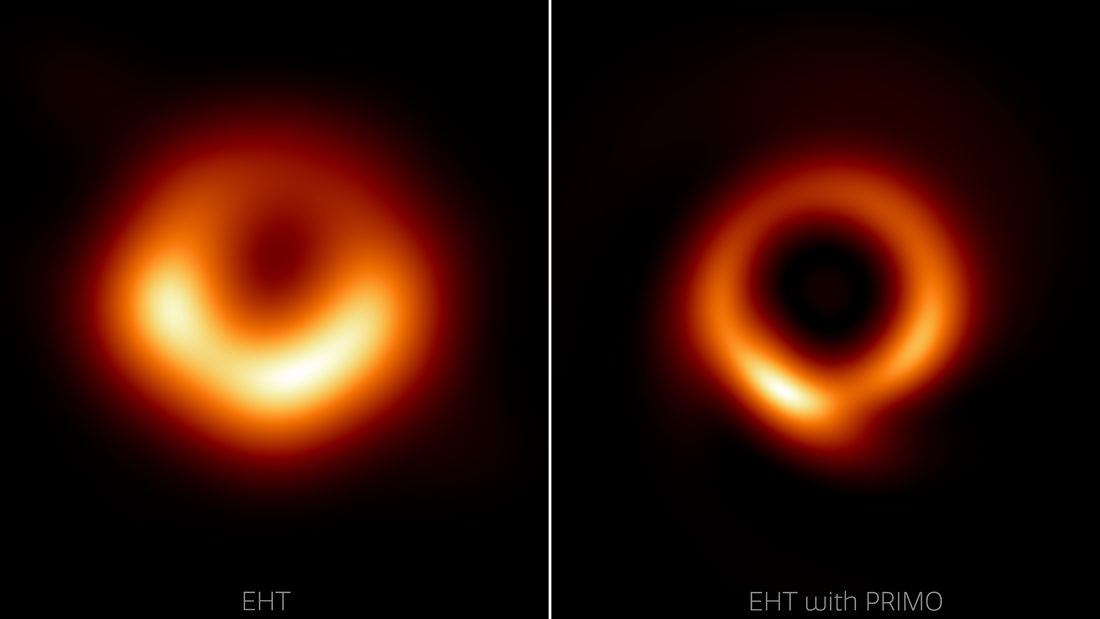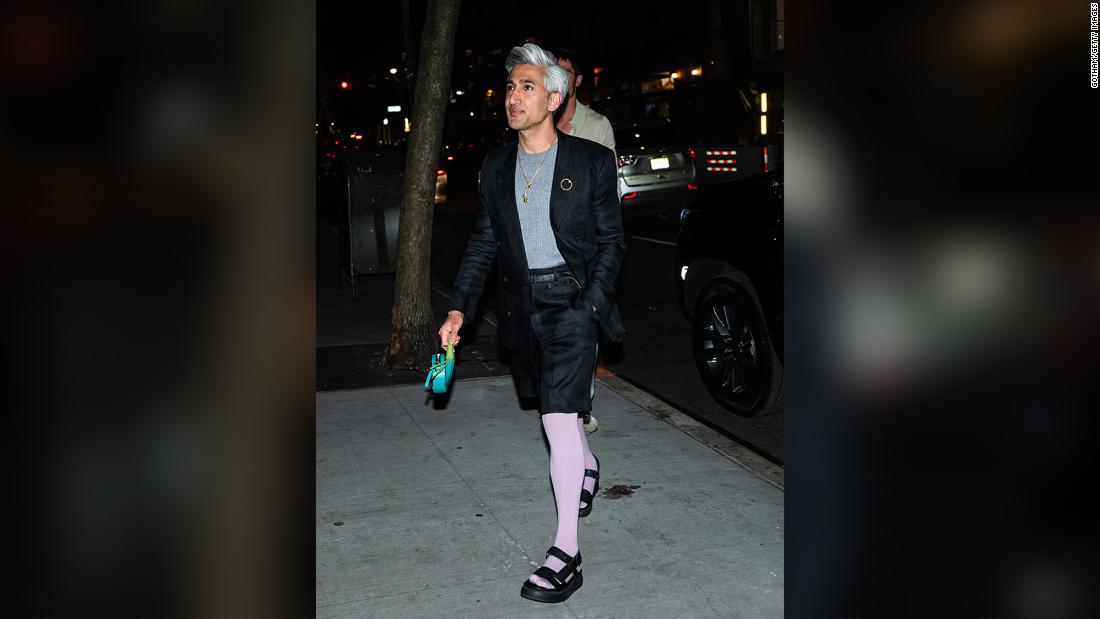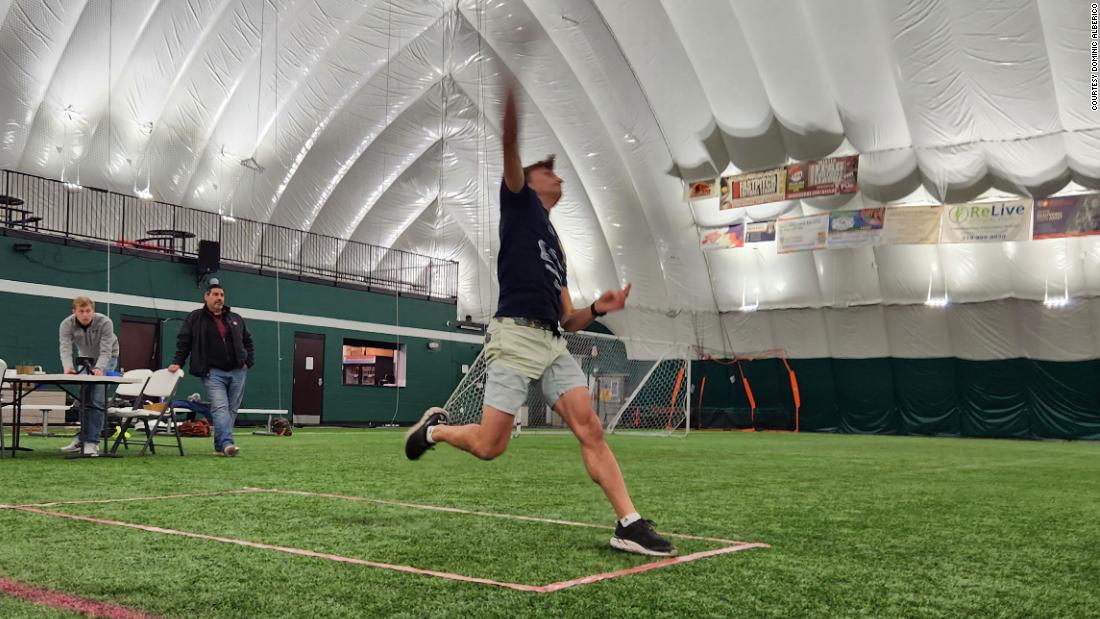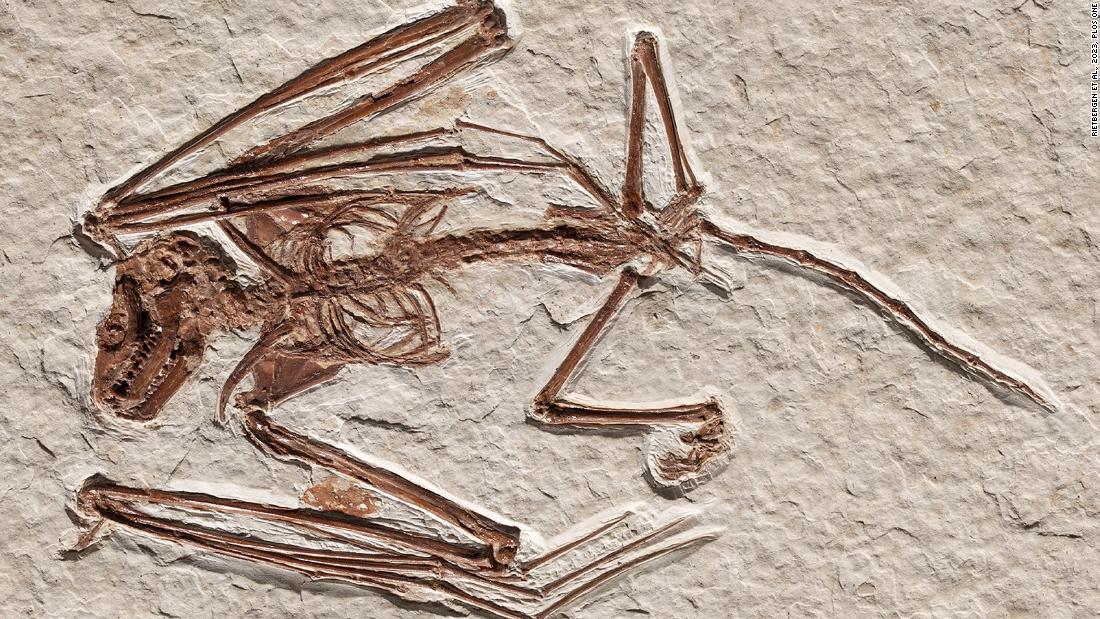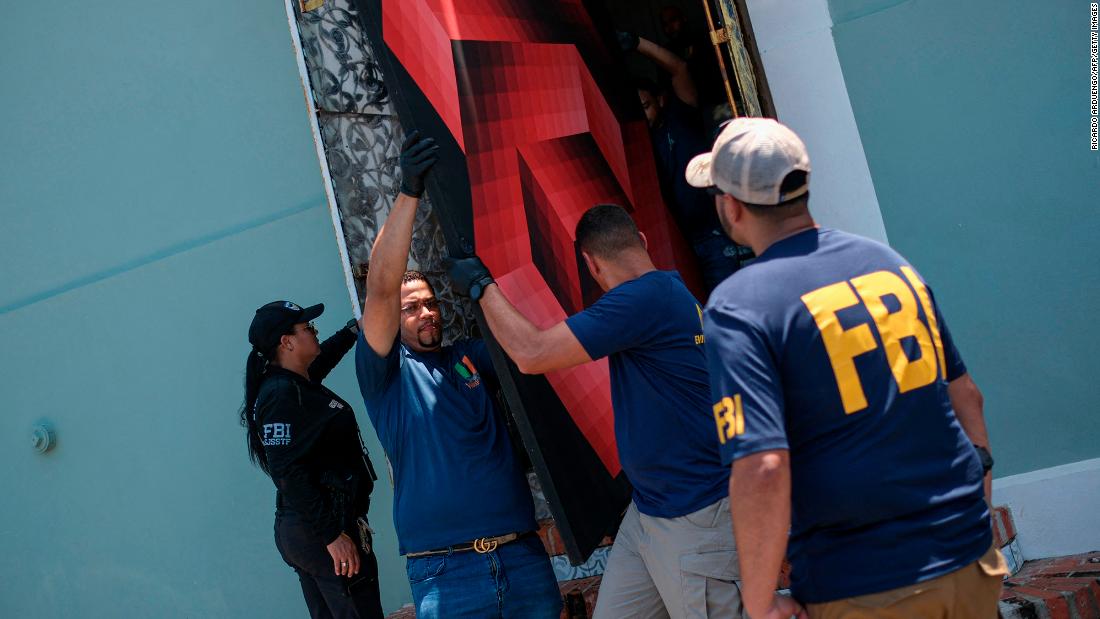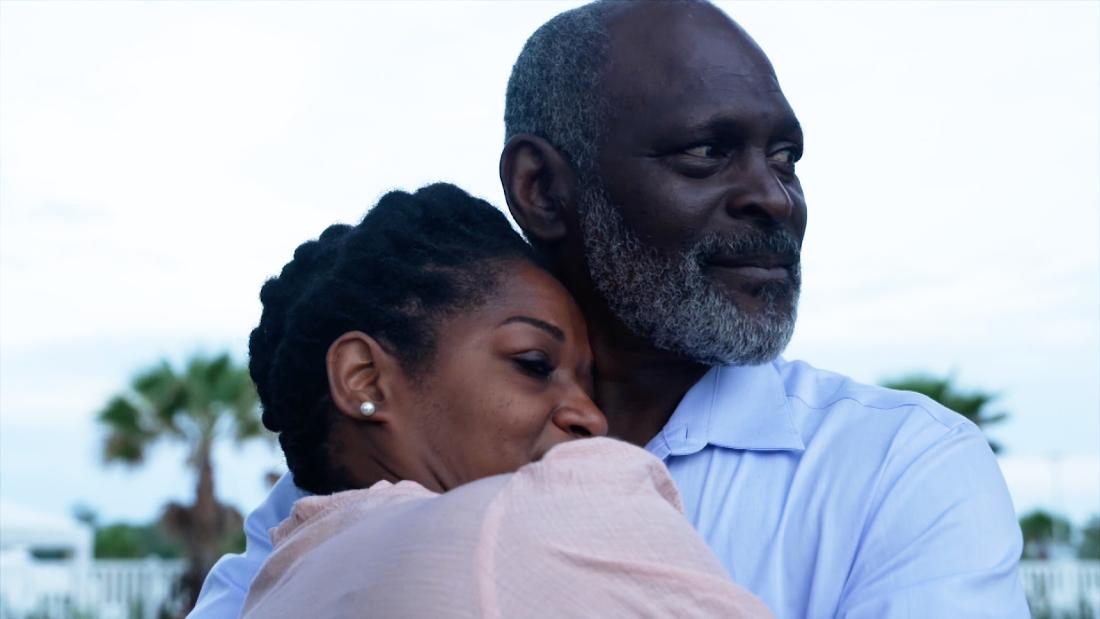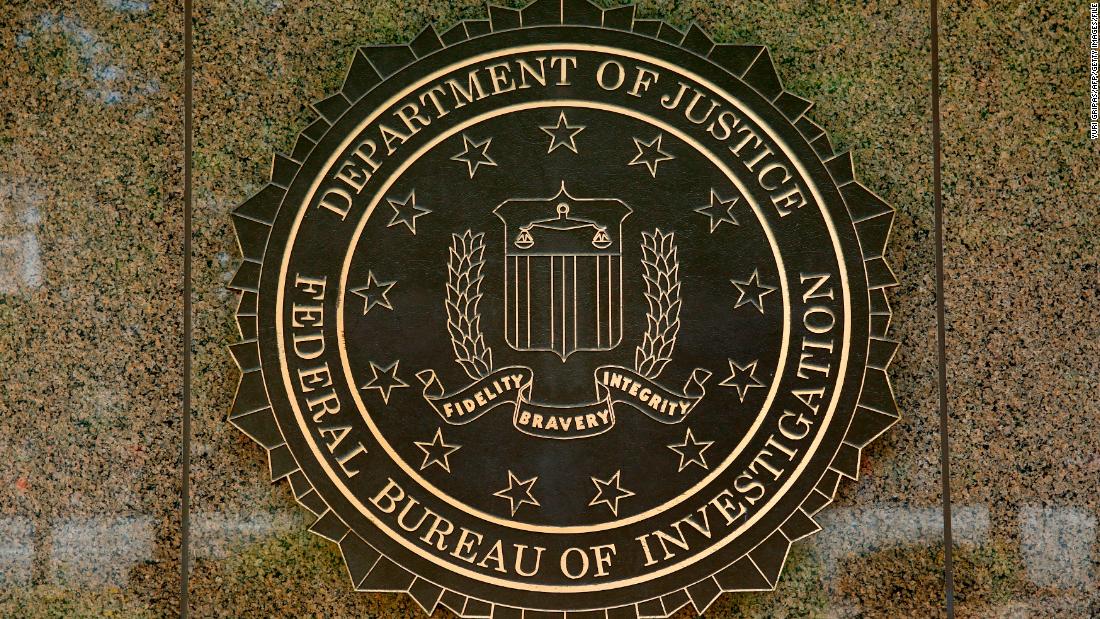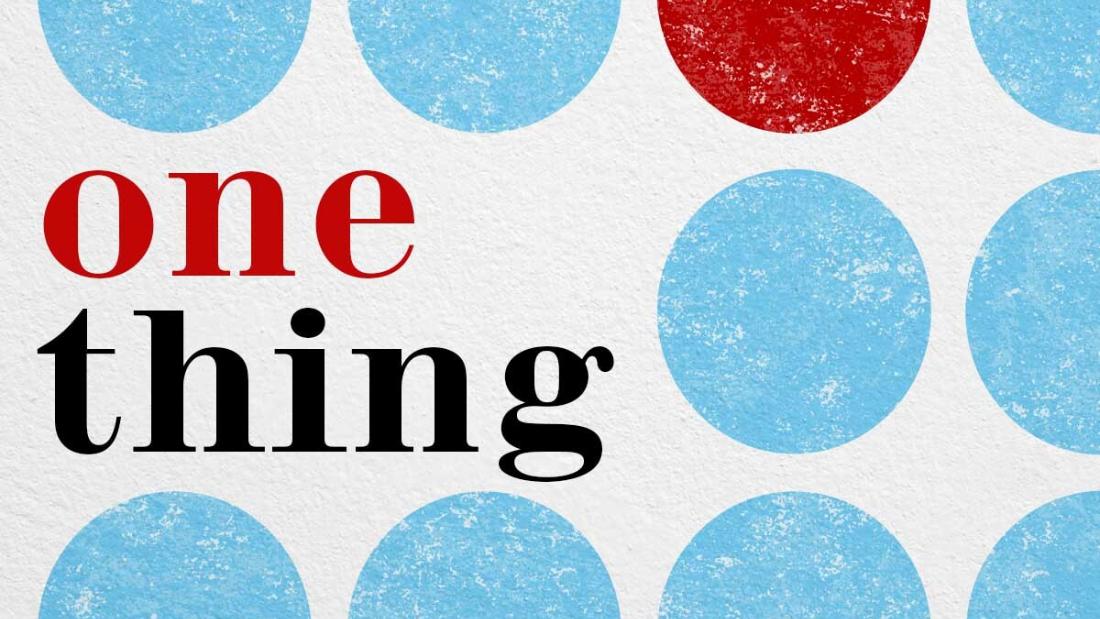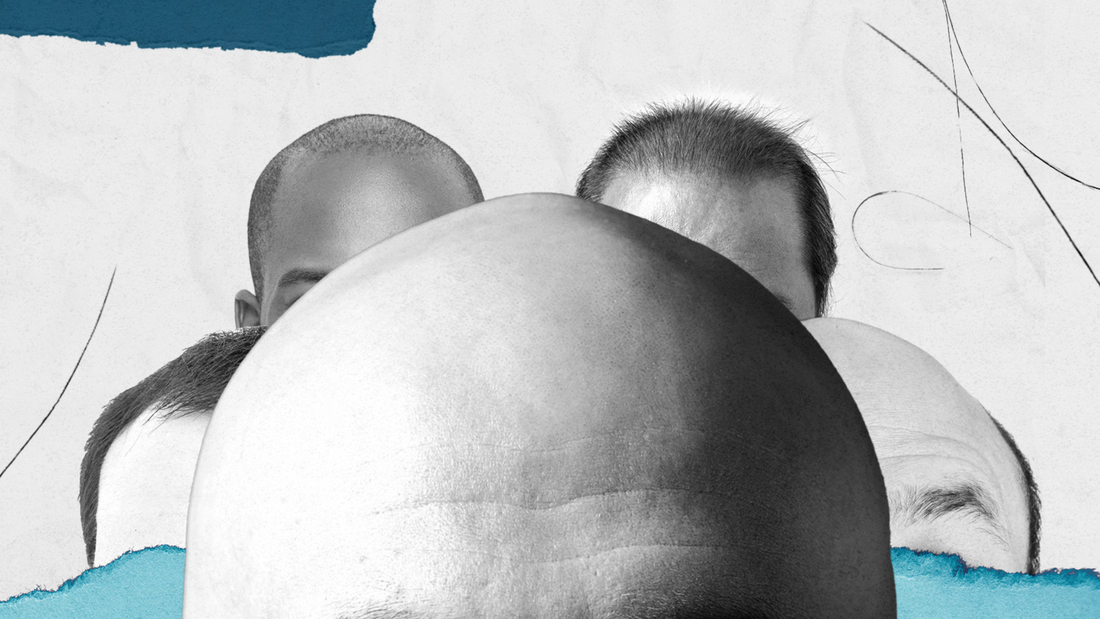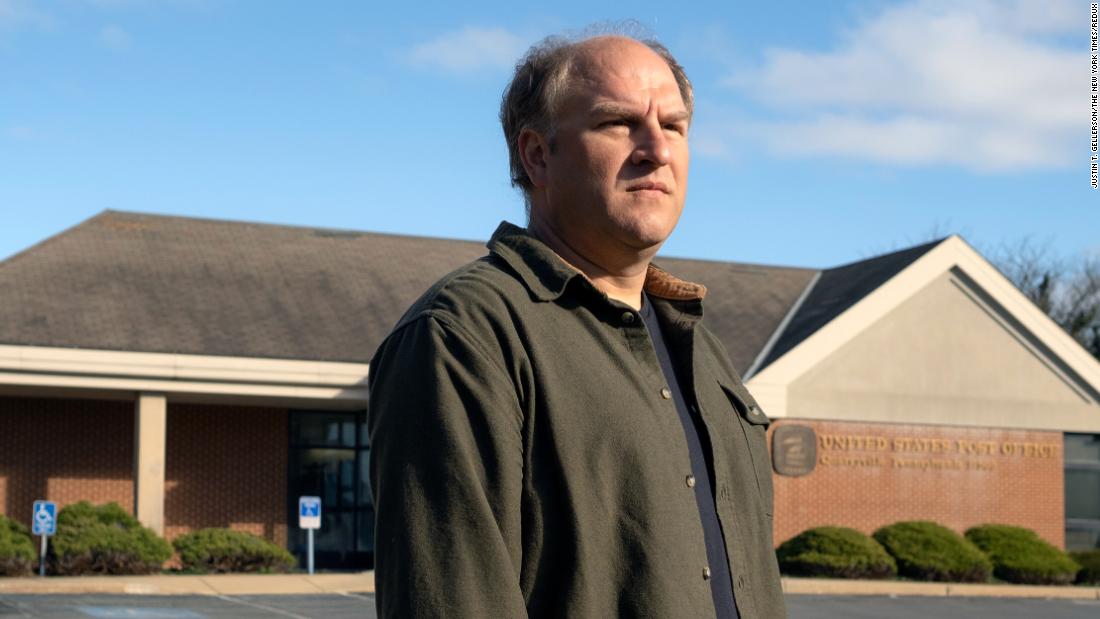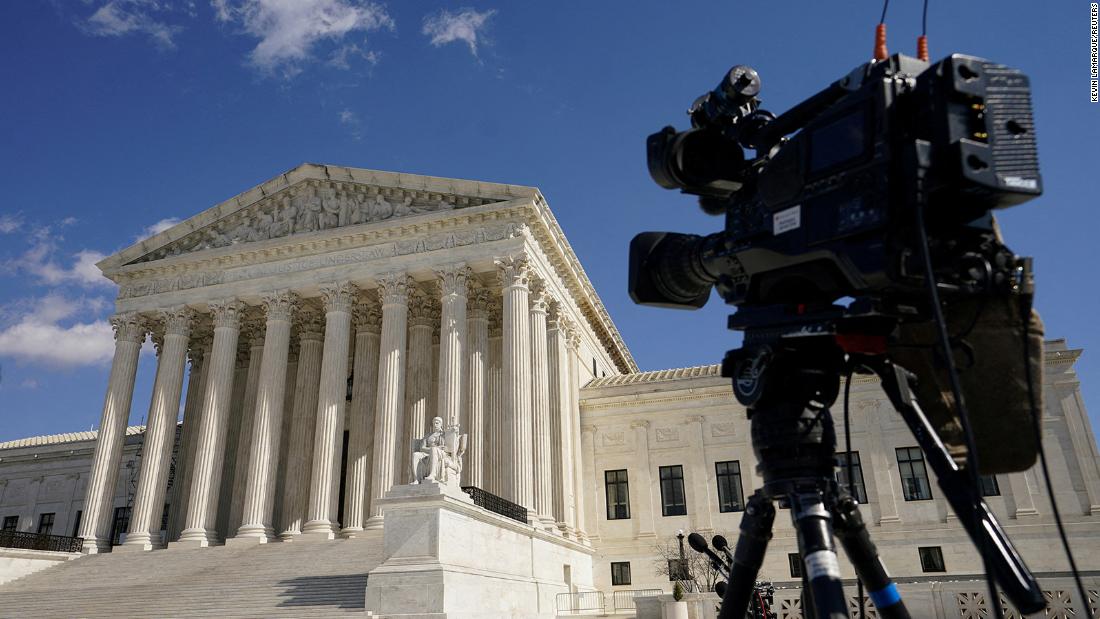A HISTORIC mansion in the heart of Dublin city bares remarkable ties with the country’s most iconic brand.
Glenmaroon House is one of the only remaining homes of the Guinness Dynasty.
National Built Heritage ServiceGlenmaroon House in Dublin was home to a member of the famous Guinness family[/caption]
PAThe mansion was home to the son of Edward Guinness, who was recently portrayed by Louis Partridge in the Netflix series House of Guinness[/caption]
Located on the edge of Phoenix Park in the Castleknock area of Dublin, the abandoned structure holds a remarkable history.
Built in the mid-1800s by successful retail entrepreneur Gilbert Burns, the residence was initially known as Knockmaroon Lodge, which faced the River Liffey.
House of Guinness
The property radically changed in 1903, when Arthur Ernest Guinness acquired the premises.
Arthur Ernest was the second son of Edward Guinness, whose rise to the helm of the Guinness dynasty has been depicted in Netflix’s latest release House of Guinness.
The series depicts Edward, played by English actor Louis Partridge, and his brother Arthur, portrayed by Irish actor Anthony Boyle, when they first take leadership of the family business.
While the family are often depicted in St Anne’s House throughout the show, the location was destroyed by a fire in 1943, leaving the Phoenix Park site to become known locally as “the Guinness mansion”.
Remarkable features
YOUTUBEUrban explorers were surprised to find how well the main building has been upkept despite being abandoned[/caption]
An Anglo-Irish engineer, Arthur Ernest decided to construct a new residence for himself and his wife on the site, adding a north house facing the park, known today as Glenmaroon House.
Paddy Osborne, who worked there as a gardener, shared his experience on social media.
“The grounds were around 50 acres and had almost 50 men working on the grounds alone when the Guinness family owned it,” he recalled.
The property featured remarkable innovations for its time, including “fireplaces built into the walls connected with earthenware pipes”.
“Fires would be lit to heat the wall to keep frost off the delicate plants grown there, workers would have to get up at night to stoke the fires,” the gardener explained.
Arthur Ernest also constructed a covered footbridge to connect both the north and south houses.
Eventually replaced by a more modern structure, the unique bridge can still be spotted stretching across a local road.
The tudor style Edwardian house ws further extended in 1911, leaving it with grand staircases, large gallery and reception rooms, 10 bedrooms, and even a swimming pool.
Following Arthur Ernest death in 1949, the site was transferred to the Irish state.
History of Glenmaroon House
The south house, known as Knockmaroon Lodge, was constructed in the mid-1800s by Gilbert Burns.
The property was purchased by Arthur Ernest Guinness in 1903.
He carried out extensive works, building the north house Glenmaroon House in 10905.
A covered footbridge, stretching across a road, was constructed to connect the two structures in 1911.
Following Guinness’ death in 1949, the site was transferred to the Irish state.
It was later repurposed as a care home and girls’ school known as Holy Angels, run by the Daughters of Charity.
A dormitary was added to the site in 1956 and a chapel was constructed in 1967.
The buildings were later used as a care home for individuals with intellectual disabilities before it was eventually abandoned.
Most recently it was used as a filming location for The Rebellion and Abigail.
After Guinness
It was then given to the Daughters of Charity, who repurposed it as a care home and girls’ school known as “Holy Angels”.
Additional structures were added over the years, including a dormitory in 1956 and a chapel around 1967.
In later years, it served as a care facility for individuals with intellectual disabilities before it was eventually abandoned.
Despite the building’s abandoned status, urban explorers have described it as remaining “in excellent condition” when speaking to The Liberty.
While the former Holy Angels building has fallen into disrepair, locals have noted the main house is “not abandoned at all anymore” and has been maintained in much better condition.
YOUTUBEThe mansion has a variety of features including a chapel and a swimming pool[/caption]
Various features such as magnificent chandeliers, stainglass windows, and historic paintings can still be found in the building.
Despite the house remaining somewhat frozen in history, the area around the property has undergone significant transformation in recent years.
One resident even pointed out that the farm that was once owned by the Guinness family has ceased operations.
Over the years proposals have been put forward to adapt the strusture for various uses, including conversion into a museum or community centre.
However, none of these have ever materialised.
Despite this, the property found an unexpected new purpose, serving as a filming location for the horror movie Abigail in 2024.
The property has also been featured in The Rebellion, serving as a backdrop for sequences set at Dublin Castle.
More on Guinness
Guinness is set to open its only UK visitor attraction ahead of Christmas.
The famous drinks brand has also launched cake and pies in bid to escape the booze aisle.
And Netflix has revealed the future of latest drama House of Guinness.
AlamyArthur Ernest Guinness constructed the north building Glenmaroon House, connecting it to Knockmaroon Hill with a covered footbridge[/caption]
PAThe House of Guinness is mainly set in St Anne’s House, which burned down in 1948[/caption] Published: [#item_custom_pubDate]














